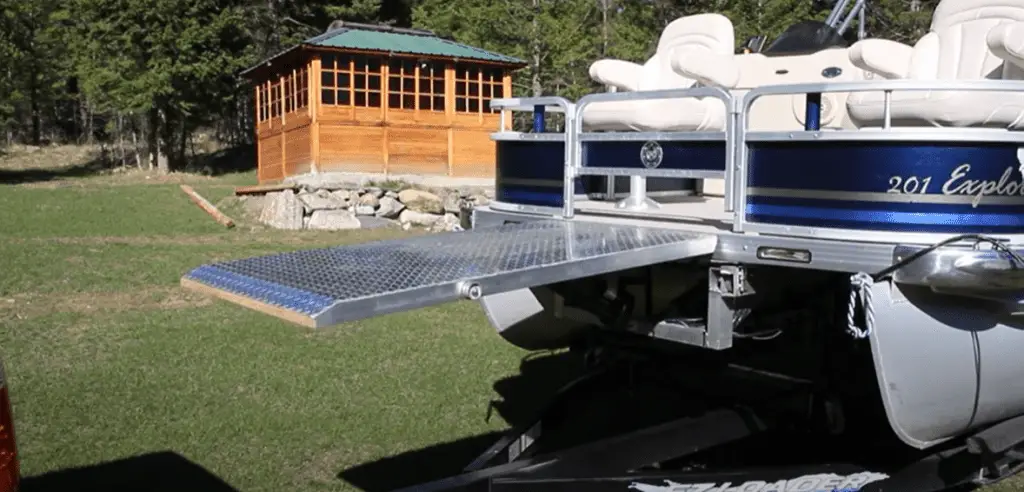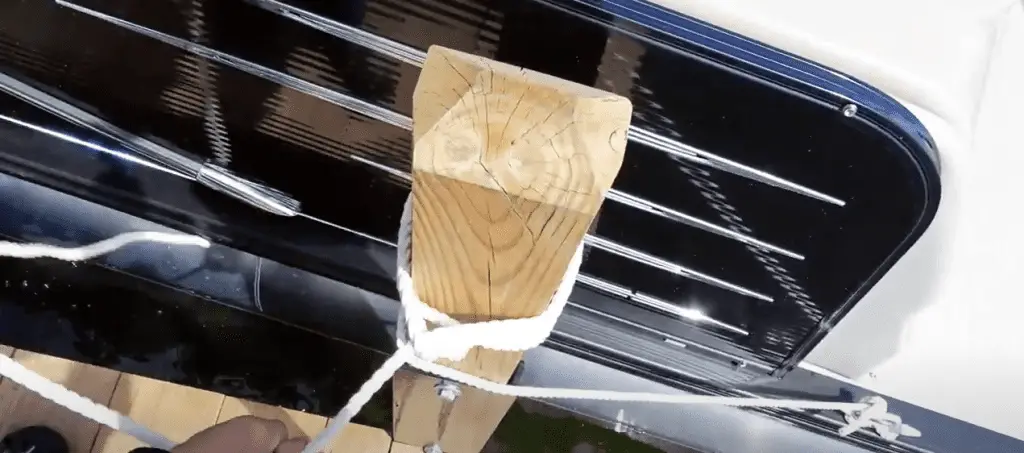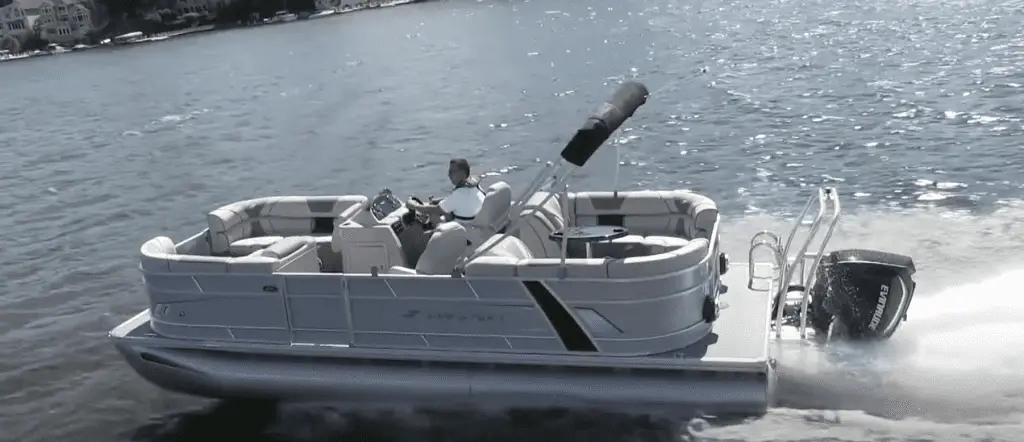The pontoon fun and adventure should be for everyone - no exceptions. But pontoon boat’s aren’t generally designed with disabled passengers in mind. Think about it - can you really call your pontoon boat wheelchair accessible? Exactly.
Fortunately, while a pontoon boat might not come out of the dealership ready to accommodate uniquely abled passengers, there are things you can do to make them feel right at home. Here are a few tips for disabled and wheelchair pontoon boat passengers.
Here are 5 Tips for your Pontoon Boat for Wheelchair Access
Install a Ramp
Yes, wheelchair ramps for pontoon boats actually exist. Well, maybe they weren’t designed for wheelchairs specifically but they can pretty much serve the purpose. These ramps slide in and out under the deck, allowing a much easier and safer way on and off board.
The Extreme Max Heavy-Duty Aluminum Pontoon Boat Ramp features a non-slip surface and slightly raised edges that make it particularly ideal for wheelchair bound passengers. The design also touts a weight capacity of up to 600lbs which is more than enough to sustain the weight of a person and their wheelchair.
Remember to consider wheelchair width though. Most wheelchairs will be more than 32” wide. If that’s the case, then you may have to double up on your ramps to allow enough space for the wheelchair to pass safely over and onto the deck.
Add Wheelchair Tie Downs
Now that they’re on the boat, what happens? It’s one thing to get a wheelchair on a boat, and another to keep it stationary. A pontoon boat will move quite a lot while it’s underway, and thus a wheelchair becomes a potential hazard not only to the person using it, but also to others on board.
You always have the option to move the person to a pontoon boat seat and then fold down their wheelchair while it isn’t in use. But if that would prove to be too complicated or simply not ideal, you can install wheelchair tie downs like the Q’Straint QRT Standard Tie Downs.
Drill In Some Handrails
Another way to make your boat more accessible would be to drill in handrails. These can provide significant stability to people who might not be too confident on their own two feet, including the elderly and small children.
The issue on where to install handrails ultimately depends on the floor plan of your pontoon. However common sense would tell you that handrails are most appropriate near entrances and exits, and key areas like a kitchen or a bathroom.
In some cases, uniquely abled individuals might also appreciate a handrail near their seat since some of them may struggle staying upright in a moving boat. There aren’t a lot of handrails for pontoon boats on the market, but these Marine Grab Handrails can definitely serve the purpose.
Make Permanent Modifications
If your disable passenger is part of the family and you anticipate that they’ll be with you on most of your trips, then you might want to make a few permanent modifications. A gate that’s at least 36” wide should more easily allow them to move in out while seated in a wheelchair.
Other than that, some boat shops recommend taking out a seat entirely. Instead of having a fixed single pontoon seat on board, you can designate that area for their wheelchair. You can also install your tie down hardware specifically in that area so they have a specific space on board just for them. All the better if it’s nearer the entrance for greater accessibility.
Provide the Right Gear for Water Activities
Your uniquely abled guest didn’t tag along just to sit on the boat all day long. So you might want to consider getting some gear to encourage them to take part in whatever water activities you might have in mind.
Unbeknownst to most people, there is actually what they call an aquatic wheelchair that allows wheelchair bound individuals to maneuver themselves around the water independently. Although they’re often custom made, so you might have to reach out to a manufacturer to have one built for your purpose.
Another way to make the water a little safer for uniquely abled passengers would be to set up an enclosure in the water. The Nettle Net Boat Pool was designed to keep jellyfish away, but it also works well to restrict movement to a specific area of the water so you can keep an eye on all the activity and create a more controlled environment.
Fun for Everyone
Your pontoon boat shouldn’t have to be limited to the people who are free to move without restrictions. Consider these tips for disabled and wheelchair pontoon boat passengers to extend the fun and make your boat a friendly place for anyone and everyone who might want to enjoy the waves.








